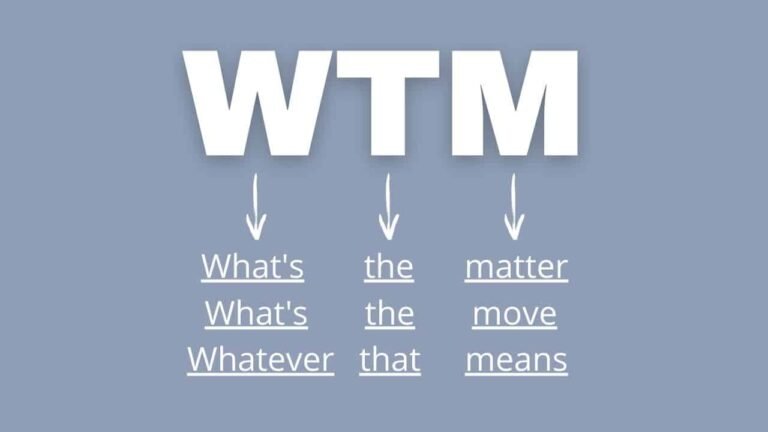In any organization, ensuring that employees meet specific benchmarks for performance, ethics, and skill is crucial for success. The keeper standards test symbolizes the process of evaluating individuals or teams to ensure they meet established standards of excellence. This concept can be applied to a wide range of industries, from customer service to sports and even educational institutions. This article delves deep into the keeper standards test, exploring its significance, applications, benefits, and implementation strategies.
What is the Keeper Standards Test?
The keeper standards test is a structured evaluation system used to assess whether individuals or systems uphold the standards necessary for an organization’s growth and integrity. “keeper” emphasizes retaining people who align with organizational goals and values. In essence, this test separates high performers who can contribute to long-term success from those who may need improvement or alternative paths.

The concept is rooted in accountability and consistency. When applied correctly, it ensures that everyone within an organization adheres to clear and measurable criteria. Whether it’s about delivering exceptional customer service, achieving sales targets, or demonstrating leadership, the keeper standards test helps set a benchmark for success.
Why is the Keeper Standards Test Important?
Organizations thrive when they are built on the foundation of quality and consistency. The keeper standards test ensures that only those who meet or exceed expectations are retained, promoted, or considered for growth opportunities. Here are a few reasons why it is essential:
- Improved Productivity
- Organizations can maximize productivity by identifying high performers through systematic evaluation. Employees who meet the standards set by the keeper standards test will likely be more efficient, dedicated, and results-oriented.
- Alignment with Organizational Goals
- Every organization has a mission and vision. The keeper standards test ensures that employees align with these goals, fostering a unified workplace culture.
- Enhanced Accountability
- With clear expectations, employees are likelier to take ownership of their performance. This fosters a sense of responsibility and pride in their work.
- Retention of Top Talent
- The keeper standards test helps identify top performers who can drive long-term success. Organizations build a strong, resilient team by focusing on retaining these individuals.
- Early Identification of Gaps
- Organizations can implement targeted training and development programs for employees or systems that fail the keeper standards test. This proactive approach prevents more significant issues down the road.
Key Components of a Successful Keeper Standards Test
To design and implement a practical keeper standards test, organizations must focus on the following key components:
- Clear and Measurable Standards
Standards should be specific, measurable, attainable, relevant, and time-bound (SMART). Vague expectations lead to confusion and inconsistency. For instance, instead of stating, “Provide excellent customer service,” a better standard might be, “Resolve 90% of customer inquiries on the first call.”
- Regular Evaluation
The keeper standards test should not be a one-time event. Continuous evaluation is crucial to monitor progress and ensure that employees consistently meet the required standards.
- Fairness and Transparency
For the test to be practical, employees must perceive it as fair and unbiased. Transparent criteria, consistent implementation, and open communication are key.
- Constructive Feedback
When individuals fail to meet the standards, providing constructive feedback is vital. This feedback should be actionable, guiding employees toward improvement rather than simply pointing out shortcomings.
- Supportive Training Programs
Organizations must pair the keeper standards test with resources that help employees succeed. Training, mentorship, and upskilling initiatives can bridge gaps and empower individuals to meet expectations.
- Flexibility to Adapt
As industries evolve, so too must the standards. Regularly revisiting and updating the keeper standards test ensures it remains relevant and practical.
Applications of the Keeper Standards Test
The keeper standards test can be applied across various fields and industries. Here are a few examples:
- In the Workplace
In corporate settings, the keeper standards test often evaluates an employee’s performance, behavior, and potential for growth. Key performance indicators (KPIs), attendance, teamwork, and ethical conduct are commonly used to determine whether employees meet the organization’s standards.
- In Sports
Athletes are routinely tested to ensure they meet their sport’s rigorous physical, mental, and strategic demands. The keeper standards test in sports might assess attributes like endurance, skill, teamwork, and discipline. For example, a soccer coach might use a test to determine which players are ready for high-stakes matches.
- In Education
Educational institutions use standardized tests and evaluations to determine whether students meet academic benchmarks. The keeper standards test in this context might focus on grades, attendance, participation, and extracurricular involvement.
- In Customer Service
In customer-facing roles, the keeper standards test ensures that representatives meet communication, problem-solving, and empathy standards. Metrics like customer satisfaction scores (CSAT), first call resolution (FCR), and average handling time (AHT) are often used for evaluation.
- In Healthcare
Due to the critical nature of their work, healthcare professionals are held to high standards. The keeper standards test in this field might assess technical skills, patient care, protocol adherence, and ongoing professional development.
Benefits of Implementing the Keeper Standards Test
Implementing the keeper standards test benefits organizations, teams, and individuals. Some of these benefits include:
- Increased Employee Engagement
- Employees who understand what is expected of them are more likely to be engaged and motivated. Clear standards provide a sense of purpose and direction.
- Improved Organizational Performance
- Organizations achieve better overall results by focusing on high performers and addressing areas of improvement.
- Stronger Workplace Culture
- A well-implemented keeper standards test fosters a culture of excellence, accountability, and continuous improvement.
- Better Decision-Making
- The keeper standards test provides data-driven insights that help managers make informed decisions about promotions, rewards, and resource allocation.
- Enhanced Customer Satisfaction
- Customers benefit from better service, products, and experiences when employees meet high standards.
Challenges in Implementing the Keeper Standards Test
While the benefits of the keeper standards test are clear, its implementation is not without challenges. Common hurdles include:
- Resistance to Change: Employees may resist new evaluation methods, especially if they perceive them as overly rigid or punitive.
- Inconsistent Application: If the test is applied inconsistently, it can lead to employee mistrust and dissatisfaction.
- Time and Resource Constraints: Developing and administering the test requires significant time, effort, and resources.
- Unrealistic Expectations: Setting unattainable standards can demoralize employees and undermine the test’s effectiveness.

Overcoming Challenges
Organizations must focus on communication, training, and collaboration to overcome these challenges. Involving employees in developing the keeper standards test can foster buy-in and ensure the standards are realistic and achievable. Investing in tools and technologies that streamline evaluations can help save time and resources.
Conclusion
The keeper standards test is invaluable for ensuring excellence in any organization or industry. By setting clear expectations, evaluating performance, and fostering a culture of accountability, the test helps retain top talent and drive long-term success. While challenges may arise during implementation, a thoughtful approach prioritizes fairness, transparency, and continuous improvement can make all the difference. Whether applied in the workplace, sports, education, or beyond, the keeper standards test remains a cornerstone of sustained growth and achievement.
By embracing this concept, organizations ensure that their teams meet high standards and create an environment where individuals can thrive and excel. Ultimately, the keeper standards test is about more than just evaluation—it cultivates a culture of excellence that benefits everyone involved.









